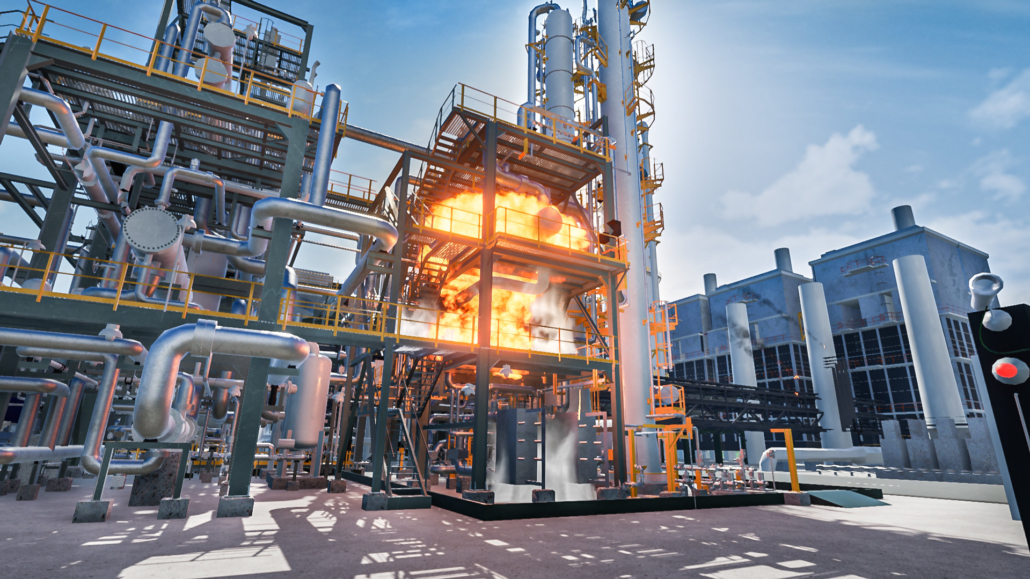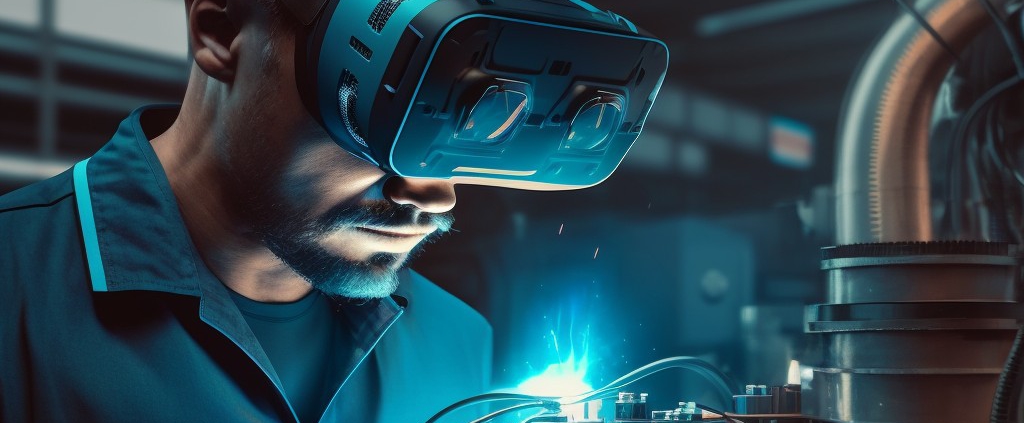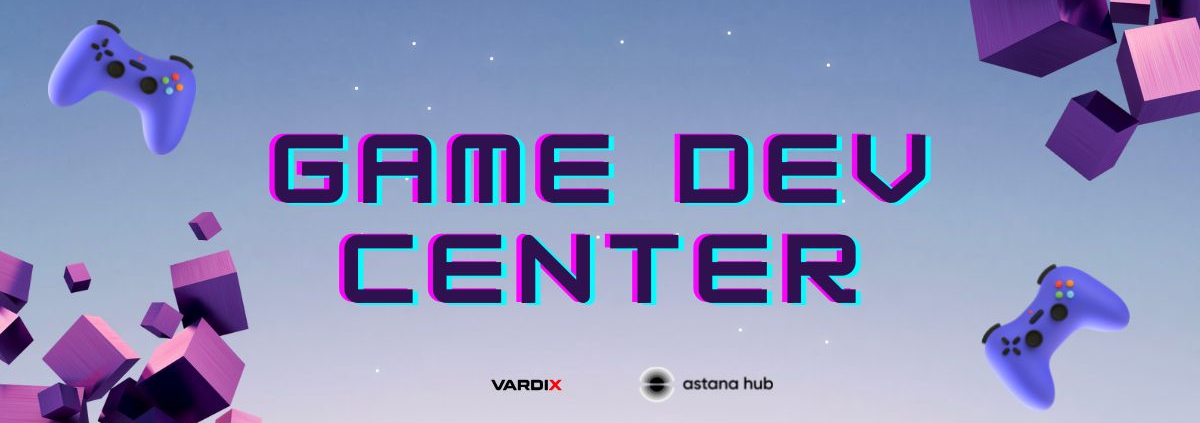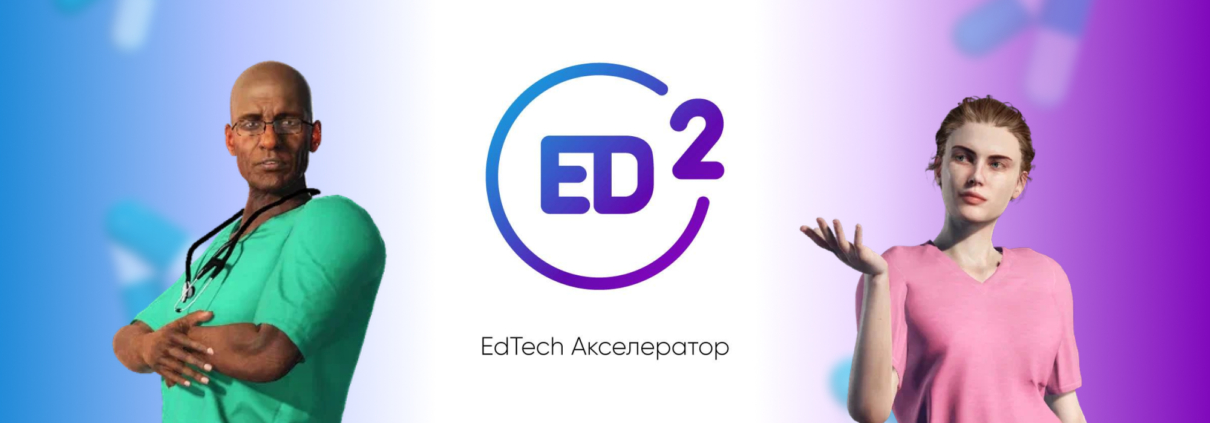Industrial workers often face the risks and threats associated with their various jobs. To minimize these risks, it is necessary to train workers in safety and one of the most effective ways of training is through the use of virtual reality (VR).
VR is a technology that creates an immersive environment in which the user can interact with the virtual world as if they were in it physically. Learning in this environment has many advantages:
- Safety. Learning in a virtual reality environment avoids the risks and dangers associated with the real world. This is especially important in areas where danger to life and health is a real threat.
- Interactivity. The VR environment allows users to interact with objects and situations they may encounter in the workplace. This makes training more effective because the user can apply what he or she has learned in practice.
- Control. In a virtual reality environment, situations and conditions can be controlled to create certain scenarios and test the user’s knowledge and skills. This allows you to identify weaknesses and reinforce learning in those areas.
- Flexibility. Training in VR can be done anytime and anywhere, making it more user-friendly. It also allows for a more efficient use of time and resources.
- Effectiveness. The use of VR technology for safety training leads to higher training efficiency. Research shows that users who have been trained in the virtual world gain knowledge and skills faster and better than those who are trained in a real environment.
Some companies have long used this technology to train their employees. One of the first was Walmart, which used the VR environment to train its employees how to react properly in case of a fire in the store. The results were impressive – employees who were trained in the VR environment performed better on knowledge tests and performed the necessary actions in fire situations more quickly and efficiently.

VR technology can also be used to teach various aspects of workplace safety, such as working at heights, working with hazardous substances, and more. Virtual reality training creates realistic situations in which the user can gain experience with hazardous objects and conditions without risking their life and health.
Another example is training in handling toxic substances and hazardous materials. In this case, VR technology can be used to create a virtual environment in which the user can practice working with toxic substances and hazardous materials without putting himself at risk. This can help employees better understand how to handle and avoid hazardous materials.
VR technology can also be used to teach you how to use different tools and equipment. For example, employees working in the steel industry can use VR technology to train them to work with hot metal and other hazardous materials. This can help reduce the risk of injuries and other workplace accidents.
VR technology can be used for training in various industries, such as medicine, aviation and public safety. Immersive solutions allow you to create complex scenarios and situations that may be difficult to replicate in real life and help students gain a deeper understanding of the technologies and processes that are used in their work.
Using VR technology for safety training has many advantages. It’s a safer and more effective way to learn, creating realistic situations in which the user can gain experience with hazardous objects and conditions. Companies that use VR technology to train their employees get better results and greater safety in the workplace.
VR modules are available to enterprise customers in most VARDIX platforms and in particular in the VARGATES educational universes.



